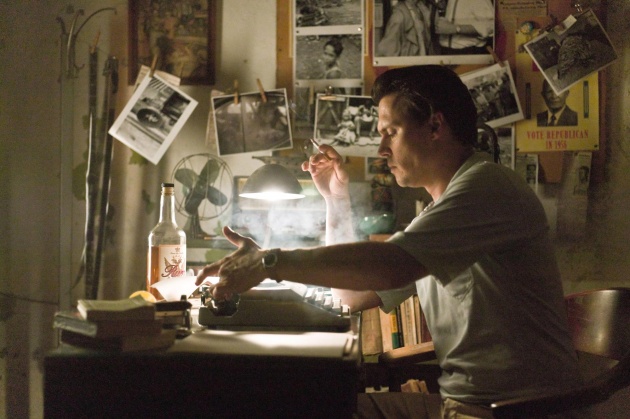
1. More action, not description
Remember, movie - it's a motion picture. Describe the things that are happening and not just located in the frame.
2. Attention to details
Description: "The Office. Day" is too general, producer needs in more information. Add one-two things that will help a reader to imagine a complete picture. Above all, do not overdo it.
3. Description within a context
If you describe people and objects in motion, you can add additional information. For example: "The old man falls on the floor which has been filled up with junk". So you give information about the interior.
4. Simple language
Producers prefer easy reading. Avoid difficult words and intricate descriptions.
5. Work on your lexicon
The Key to a dynamic letter is word choice. While you are writing a draft, you can use a lot of words to describe a situation, but in the final version it is necessary to choose a word that most accurately transfers your message.
6. Avoid colorless verbs
For example: "An old man goes into a room" - is too general a description. He can go by walking step, slowly, running or limping. Excepting generic words, you'll make your script more live.
7. Find emotion
Good descriptions transfer emotional atmosphere of a scene. For example, when describing a street, imagine yourself as an actor, who needs to pass through the street, then choose words which will help you to understand how he can do it better.

--



